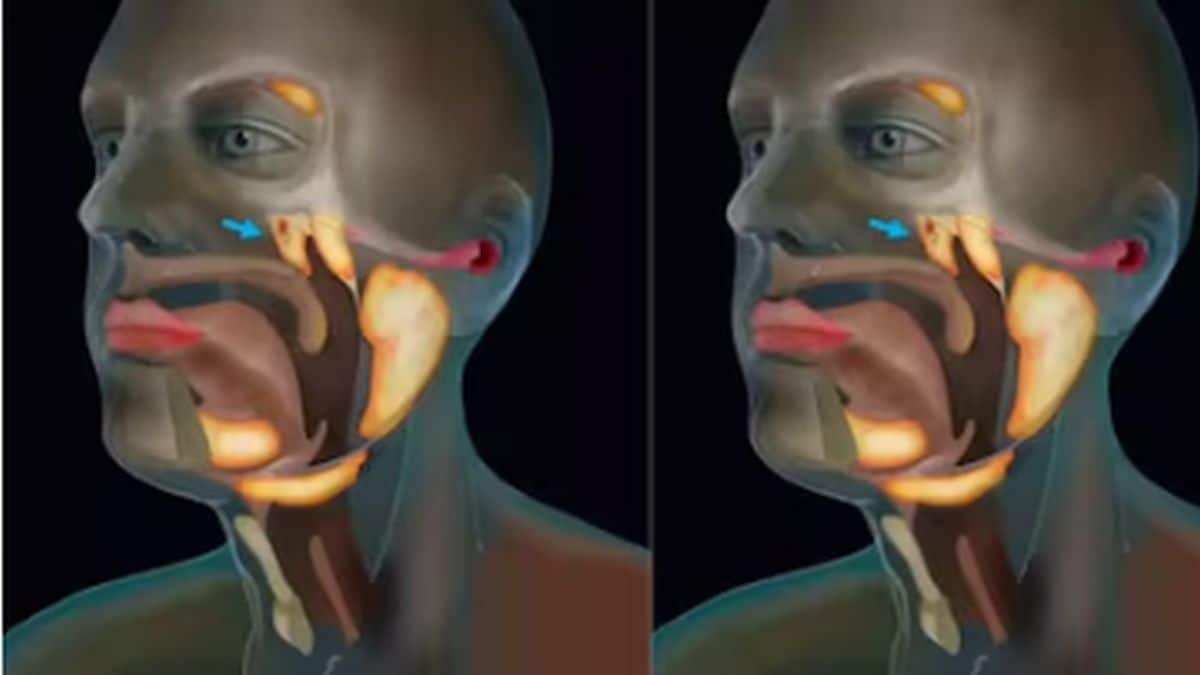Covid-19 cases are once again rising across Southeast Asia.
India, too, is seeing a slow rise in infections . As a result, Karnataka, Delhi and West Bengal have issued health advisories.
Even so, health officials have asked people not to panic.
ALSO READ | Why is there a Covid-19 scare in India? What are experts saying?
With the increase in cases, India’s SARS-CoV-2 Genomics Consortium (INSACOG) has found two new coronavirus subvariants: NB.1.8.1 and LF.7 .
What are these variants? How are they different from the ones we already know? How many active cases are there in the country, and where are they being reported? Should we be concerned? This explainer looks at these questions and more.
Here’s a look:
NB.1.8.1 and LF.7 subvariants: What are they?
The World Health Organization (Who) has listed both NB.1.8.1 and LF.7 as “Variants Under Monitoring”. This means they are being closely tracked, but have not been labelled “Variants of Concern” or “Variants of Interest”.
According to a report by The Hindu, these subvariants are believed to be behind the recent spike in Covid-19 cases in China and other parts of Asia.
Data from INSACOG shows that one case of NB.1.8.1 was found in Tamil Nadu in April, and four cases of LF.7 were detected in Gujarat in May.
Both are offshoots of the JN.1 variant, which is spreading quickly.
NB.1.8.1 variant
Notably, NB.1.8.1 is a subvariant that comes from a recombinant strain called XDV.1.5.1. The first known cases date back to January 22, 2025.
It has six mutations in the spike protein compared to the LP8.1 variant, and eight when compared to JN.1, according to The Indian Express.
Early findings suggest that NB.1.8.1 may spread more easily than earlier variants, possibly because it binds more strongly to human cells.
So far, 58 sequences of NB.1.8.1 have been submitted to the global Covid-19 genome database from 22 different countries.
Impact Shorts
More ShortsThis variant has spike protein mutations (A435S, V445H, T478I) that may allow it to spread faster and partly avoid the body’s immune response. Data from China also suggests it is highly transmissible, which may explain why it is becoming more common in certain areas.
Outside India, NB.1.8.1 has been detected through airport screening in the United States (California, Washington, Virginia, and New York), as well as in Japan, South Korea, Thailand and several other countries.
Symptoms of the sub-variants
The symptoms appear similar to those seen with earlier Omicron strains:
• Fever
• Sore throat
• Loss of appetite
• Tiredness
• Mild cough
• Headache
• Blocked nose
• Nausea
• Stomach-related issues
Covid cases in India: Should you be worried?
Out of the 1,009 active Covid-19 cases in the country, Kerala has the highest number with 430 cases. The state has added 335 new infections since May 19.
Maharashtra follows with 209 active cases, including 153 reported in the past week. The state has also seen four Covid-related deaths. Delhi has added 99 new cases, bringing its total to 104.
Other states reporting infections include West Bengal (12), Rajasthan (13), Uttar Pradesh (15), Tamil Nadu (69), Karnataka (47), and Gujarat (83).
However, health officials have stressed that most of the current cases are mild and are being treated at home.
In Karnataka, an 84-year-old man with multiple health issues died in Bengaluru. He later tested positive for Covid-19, making it the state’s first virus-related death in the recent surge. In Maharashtra, a 21-year-old man with severe diabetes passed away in a Thane hospital after testing positive.
Bihar, on Monday, reported its first Covid-19 case in the ongoing wave. A 31-year-old man from Patna tested positive, a health official told PTI.
The Union Health Secretary held a review meeting on Saturday with top officials from the Department of Health Research, the Indian Council of Medical Research (ICMR), the Directorate General of Health Services (DGHS), and the National Centre for Disease Control (NCDC), among others to assess the situation.
Officials said the JN.1 variant is currently the main strain driving the rise in infections, accounting for around 53% of the new cases.
“Cases have mainly been reported from Kerala, Tamil Nadu, Maharashtra, and Karnataka. Most cases are mild and under home care,” the health ministry said.
While the situation continues to develop, health departments in the affected states are urging people to follow preventive steps, keep their vaccinations up to date, and avoid panic as the country monitors these new variants.
With inputs from agencies


)

)
)
)
)
)
)
)
)



